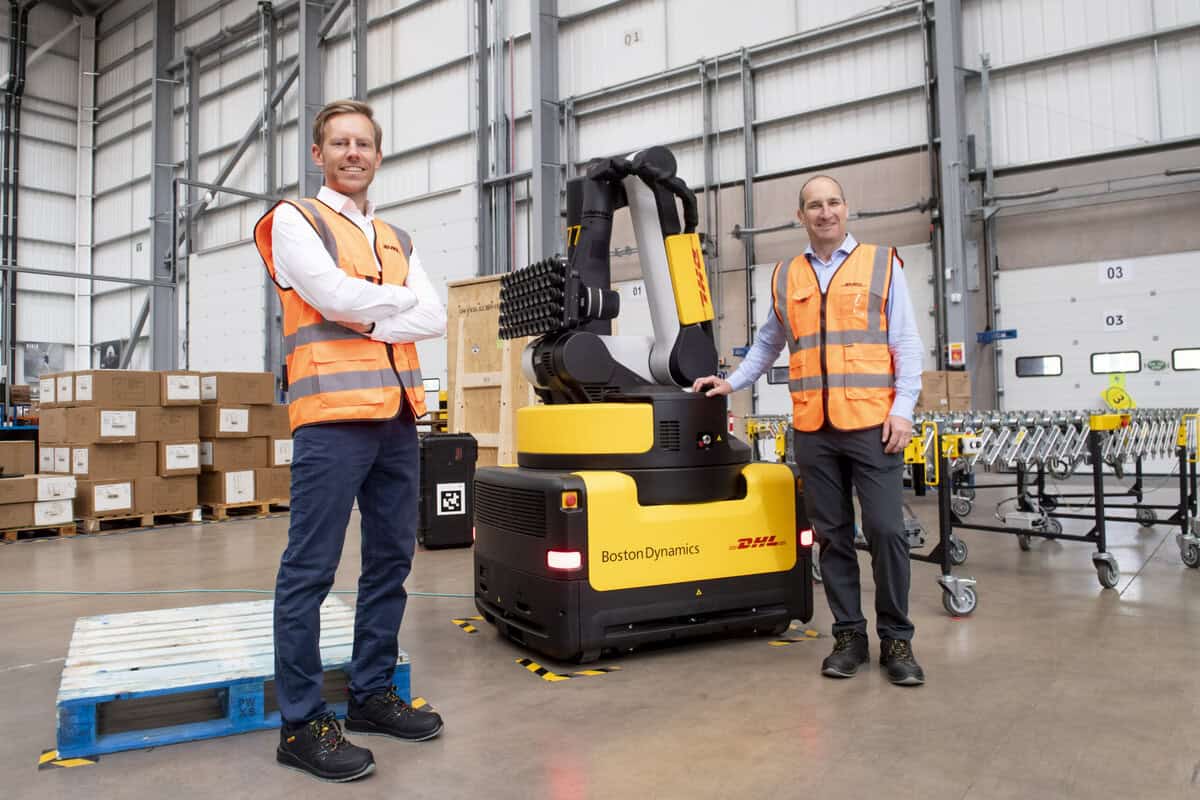Online grocer Ocado has unveiled the first prototype of its collaborative robot (cobot) that will offer support to maintenance technicians working in its highly automated warehouses.
The robot will be ’a second pair of hands’ that will assist technicians when they are in need of help. It will learn through observation and will augment the humans’ capabilities by completing tasks that require a level of precision or physical strength that are not available to human workers.
Initially, work to build the robot was expected to take five years to complete, but instead took less than three in an EU-wide initiative led by Ocado Technology, the technology arm of the Ocado e-commerce grocery business, and four leading European research institutions.
Part of the SecondHands, an EU-funded Horizon 2020 project that has an ambitious goal to solve one of the greatest challenges facing the robotics field, the robot was developed by the Karlsruhe Institute of Technology (KIT) by Tamim Asfour and his team at the High Performance Humanoid Technologies Lab (H²T) of the Institute for Anthropomatics and Robotics. Together with its research partners École Polytechnique Fédérale de Lausanne (EPFL), Karlsruhe Institute of Technology (KIT), Sapienza Università di Roma, and University College London (UCL), Ocado Technology is working on another project. The research team are focusing now on advancing the technology readiness of areas such as computer vision and cognition human-robot interaction, mechatronics, and perception to ultimately demonstrate how versatile and productive human-robot collaboration can be in practice.
The robot prototype, in which was invested 72 person-years of research, has been delivered to Ocado Technology robotic research lab where experiments to evaluate the integrated research from all project partners are currently taking place.
As robots evolve from industrial machines performing repetitive tasks in isolated areas of large-scale factories to highly complex systems powered by deep neural networks, developing collaborative robots that can safely and intelligently interact with their human counterparts in a real-world factory environment represents a fast-growing segment of the industrial robots market. According to the World Robotics Report released earlier this year by the International Federation of Robotics (IFR), industrial robot installations are forecast to grow by 15% in 2018. This increased adoption of robots for a wide range of applications comes off the back of stronger-than-expected growth in the global economy, faster business cycles, greater variety in customer demand, and the scaling up of Industry 4.0 concepts.
Photo credit: Courtesy of Ocado Technology









